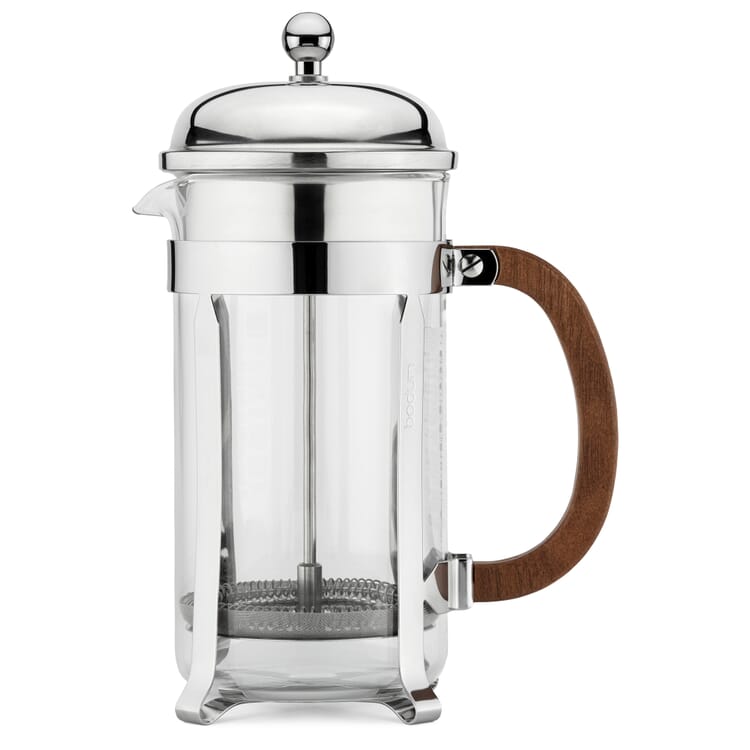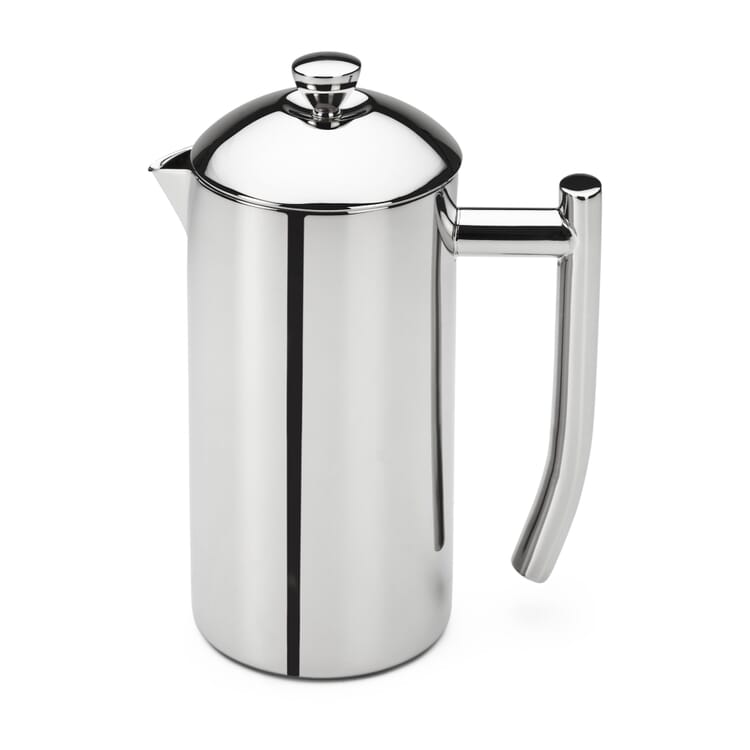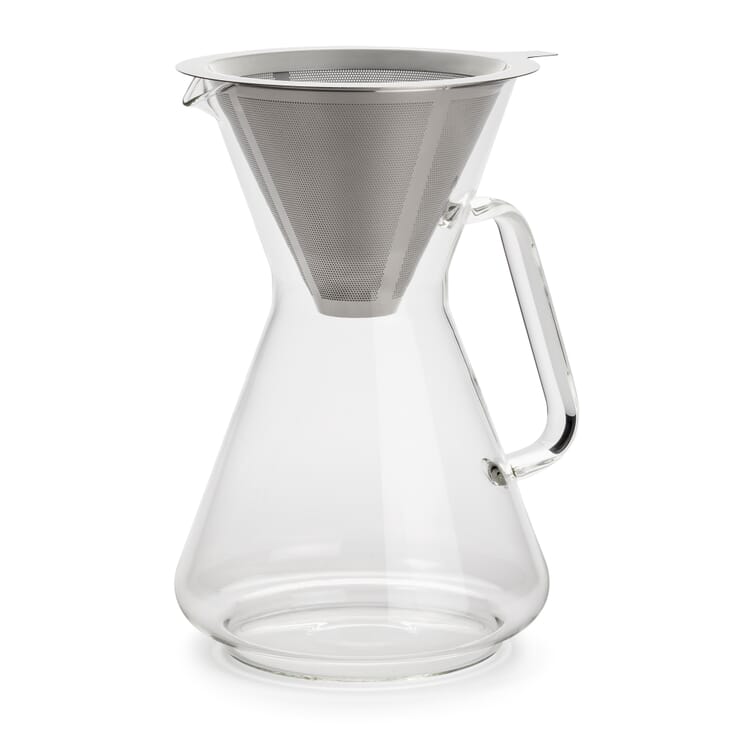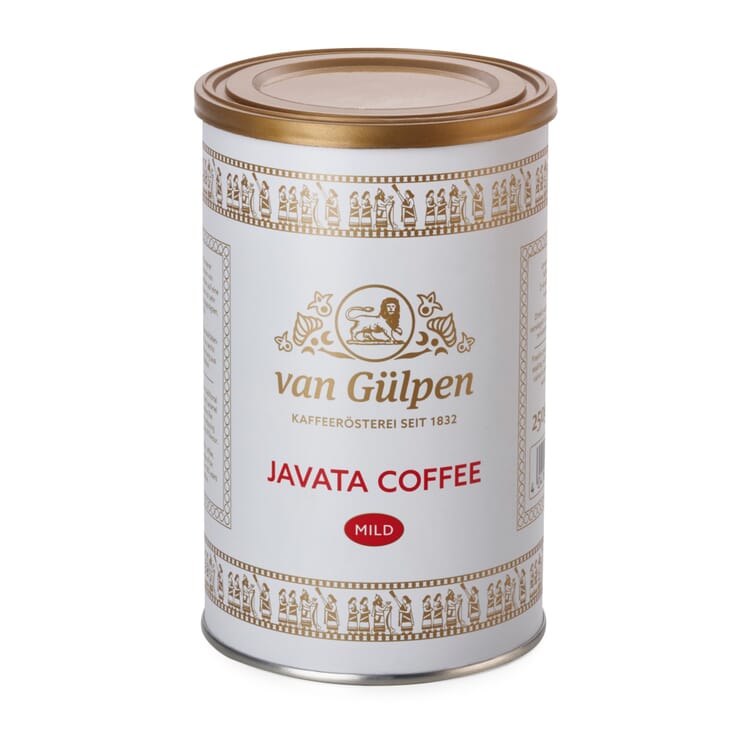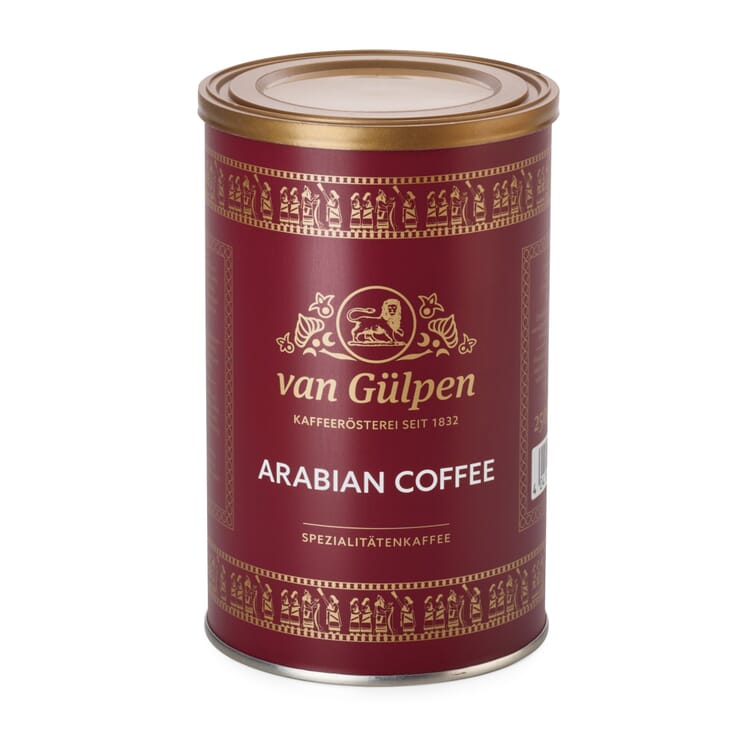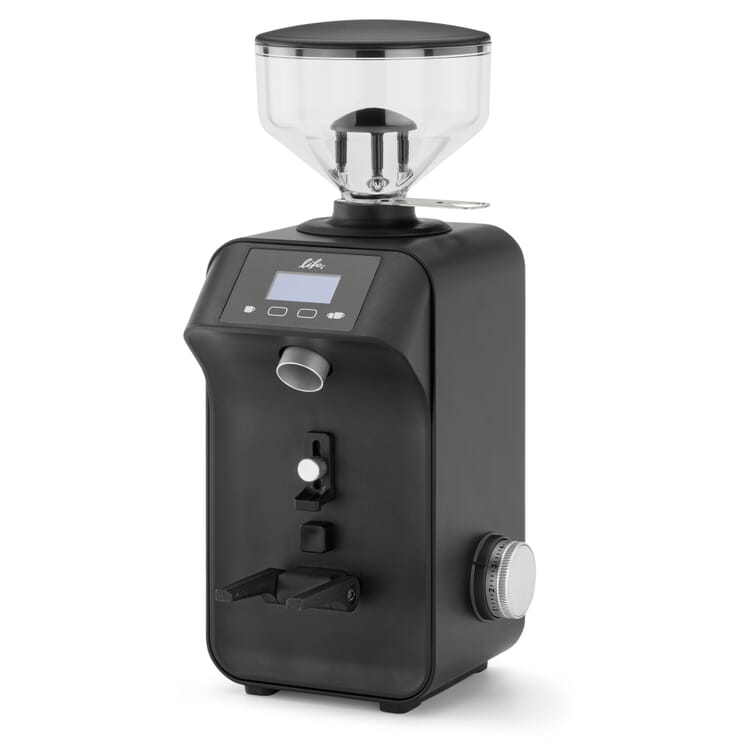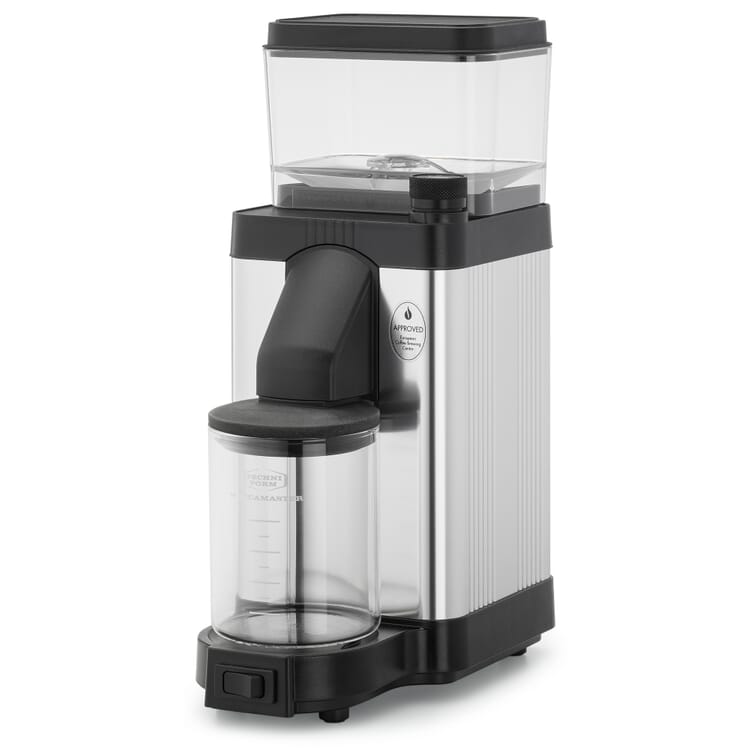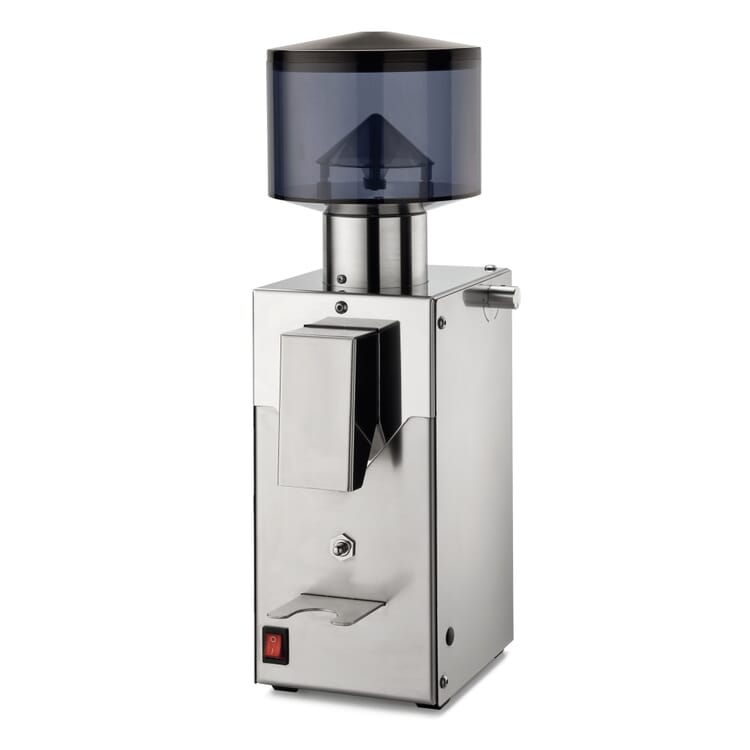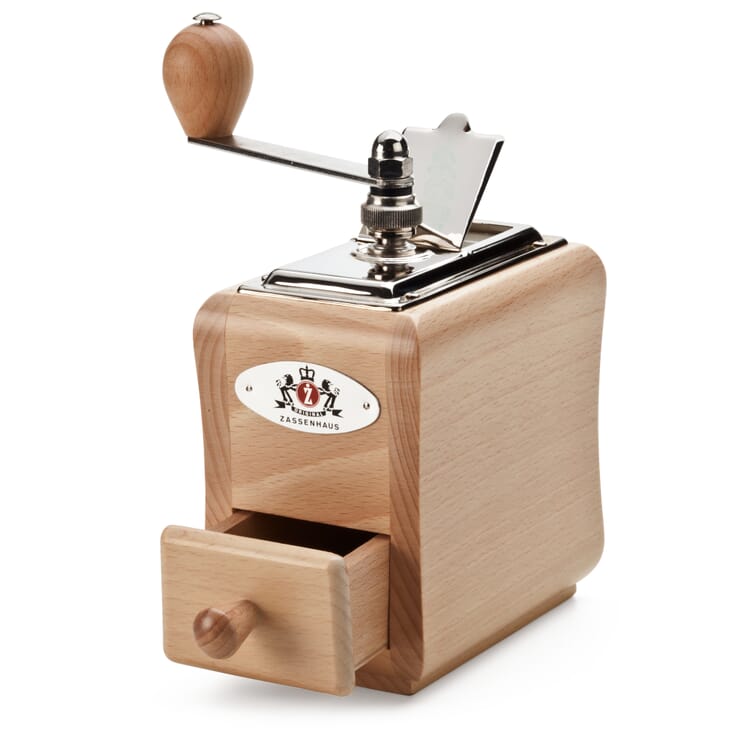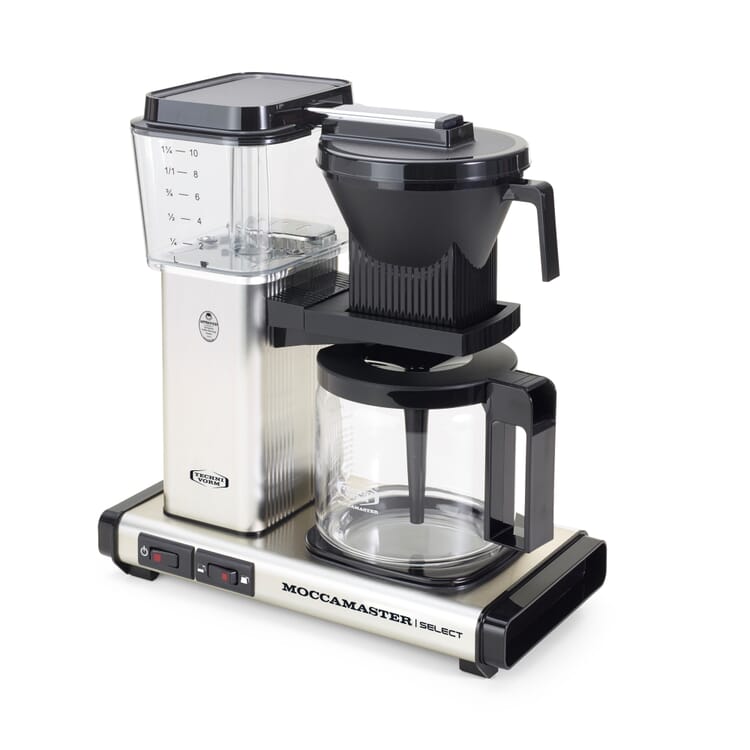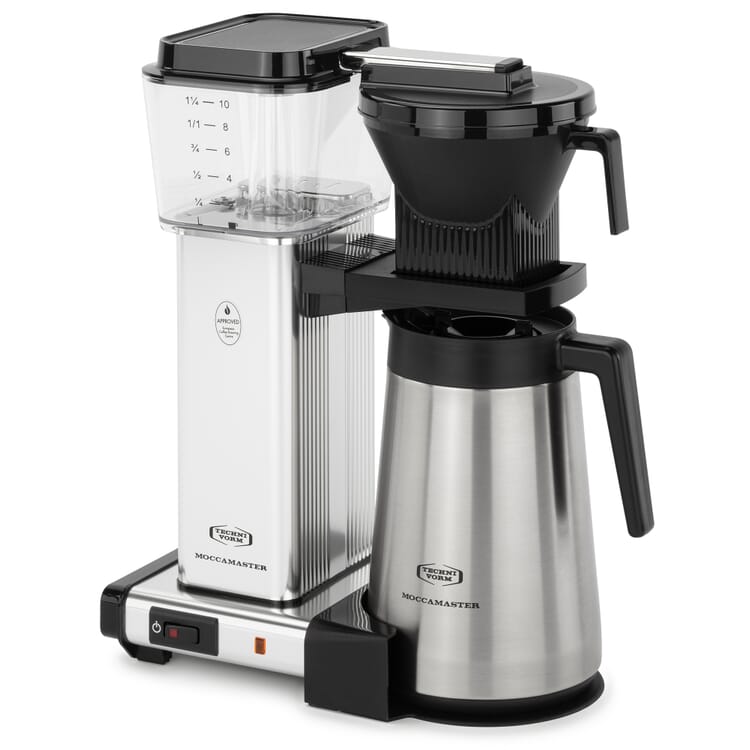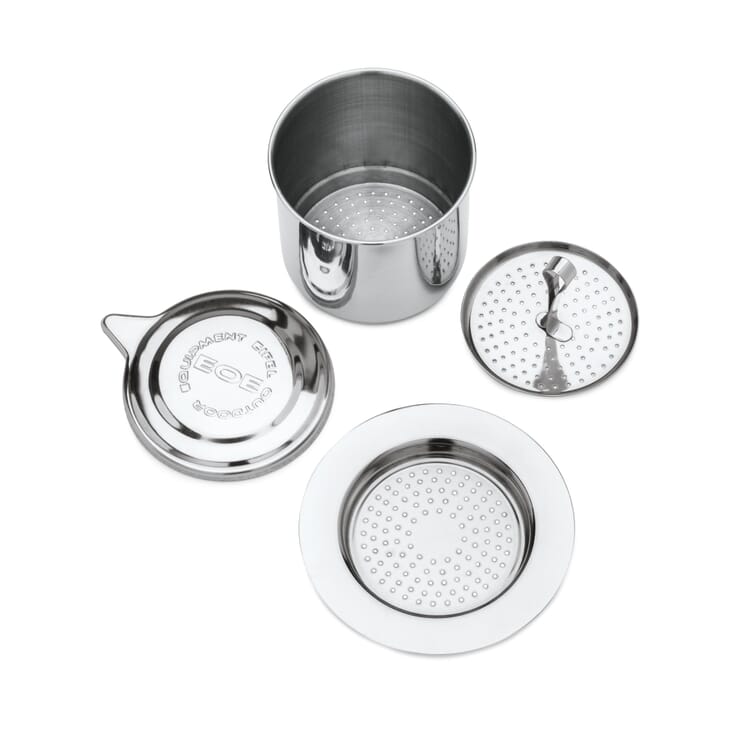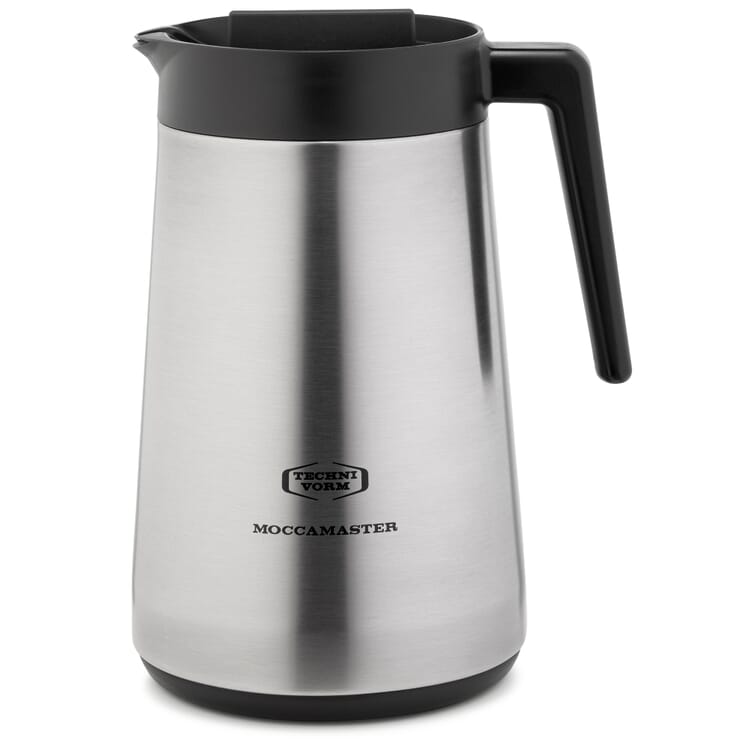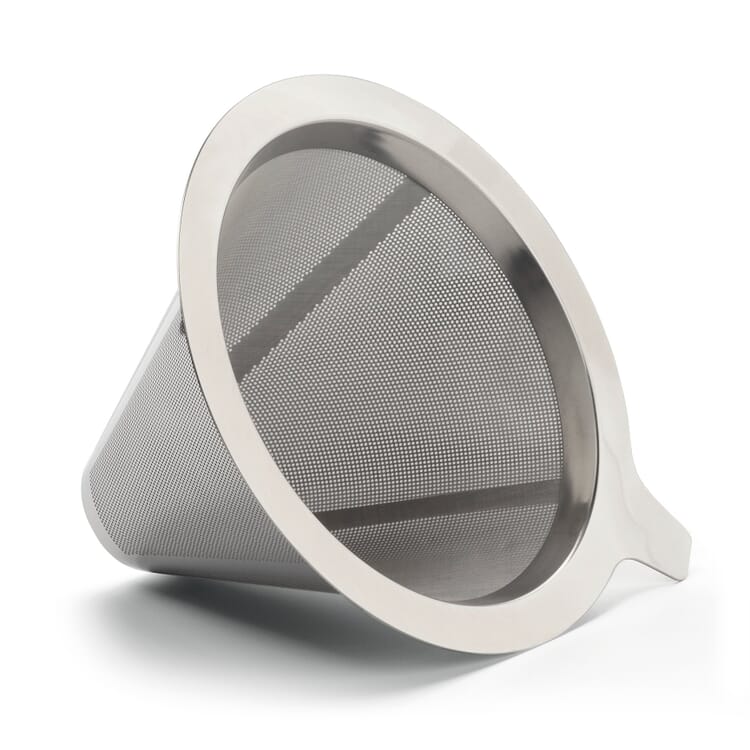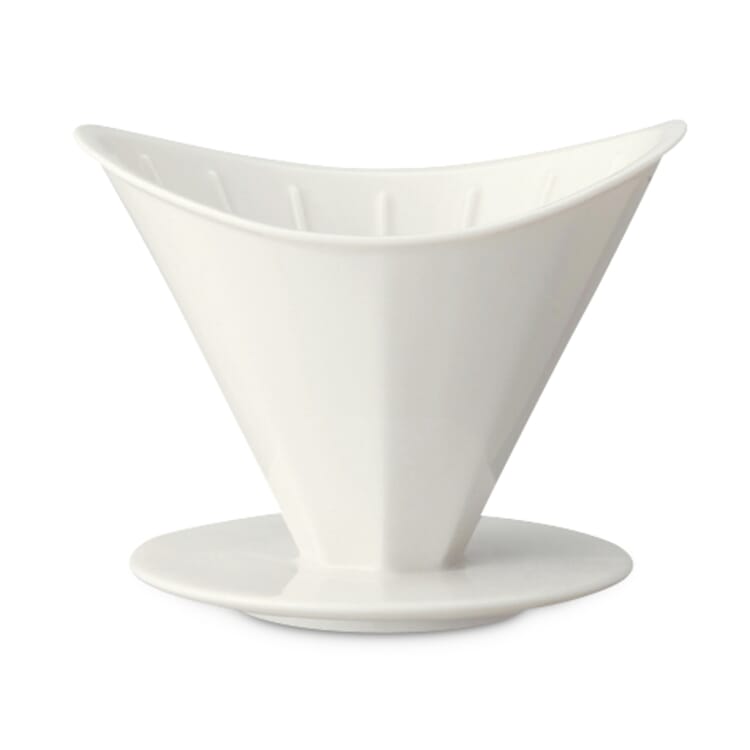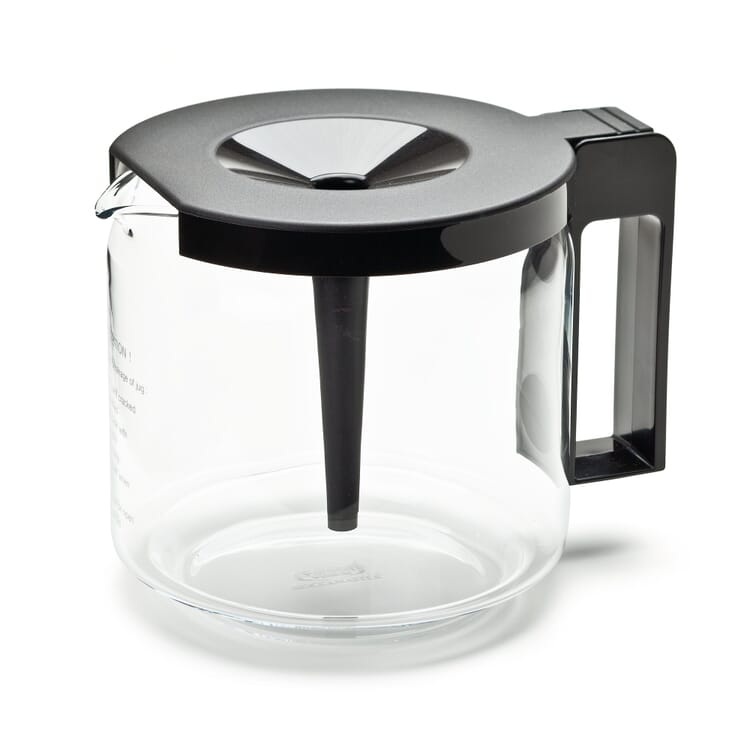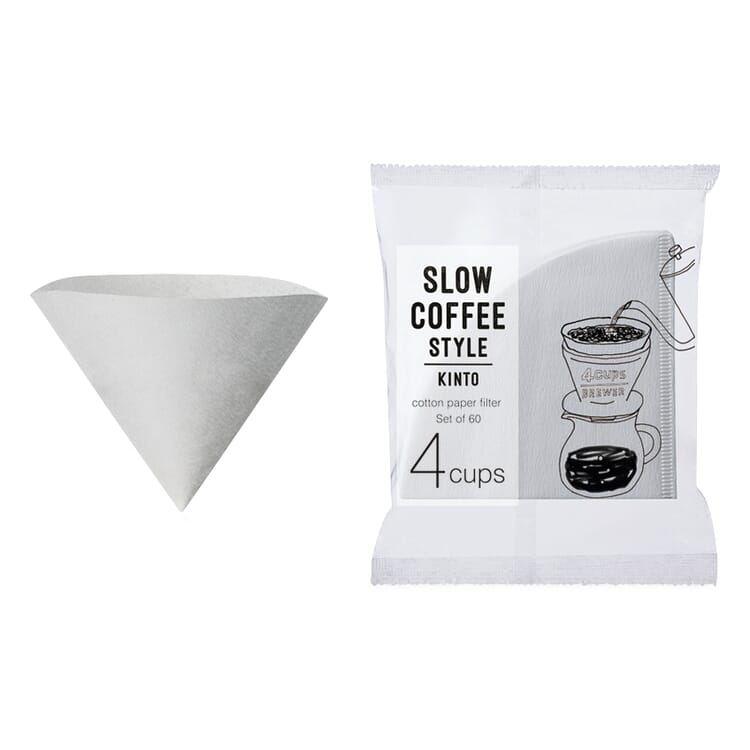- Outdoor lighting design
- Balcony fruit. Rich harvest in the smallest space
- Bella crema. Tips for the preparation of espresso
- Create and green Benjes hedges
- Bee friendly perennials
- Tying variants for scarves
- Flowering ornamental shrubs. 12 tips on selection, location and care
- How to bake bread
- Bullet Journal. Ideas for a creatively designed notebook
- The right juicer. A question of type
- The classic shave with razor and straight razor
- The optimal wet shave
- The advantages of a badger hair brush
- The choice of coffee maker
- Choosing the right pillow
- How to make ice cream and sorbets
- Against thirst. Drinking bottles
- Recognize good kitchen knives
- Good pocket knives
- How to recognize a good tool
- Shirt collar. Small collar science
- Coffee. From the bush to roasting
- Making coffee. Completely without pressure
- Which pan for which purpose?
- How to Pack a Suitcase
- Knife Sharpening & Sharpening
- Naturally antistatic. Carpets from natural fibers
- Sleep well, of course. With the right bedding
- How to make Pasta
- Plant propagation. About cuttings or seeds
- Wet Shaving or Dry Shaving?
- Scissors science. Garden shears for every purpose
- How to Care for Shoes
- How to make soap
- Tips for buying shoes. How should shoes fit?
- Which planter for which plant?
- How to recognize a good espresso
- How to recognize a good garden table
Helpful tips
Making coffee. Completely without pressure

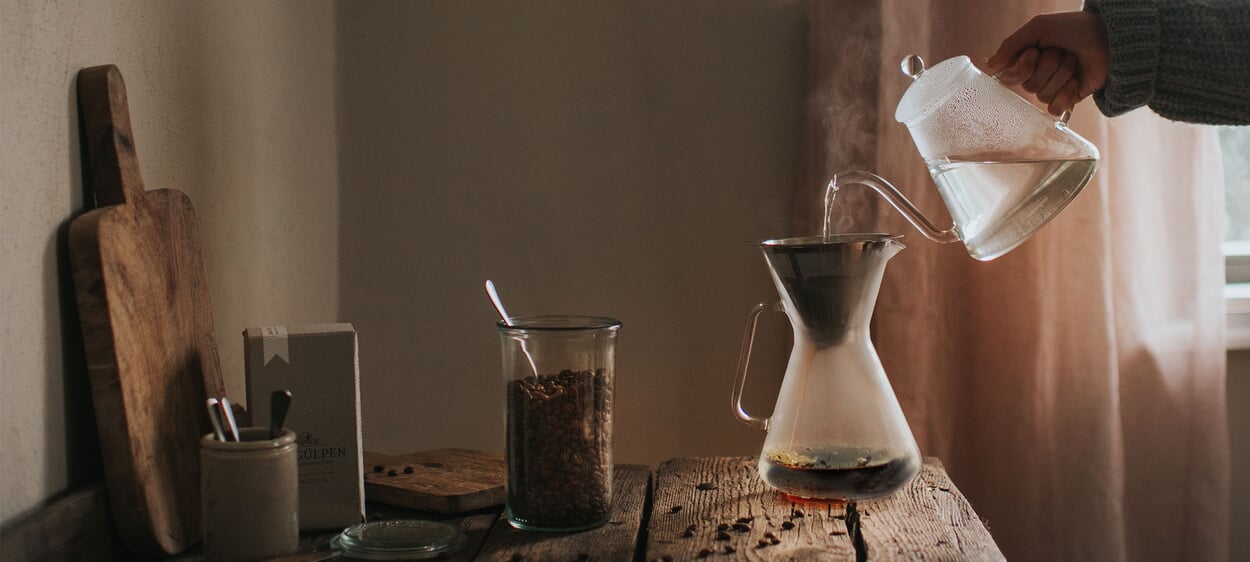
Coffee is the Germans' favorite drink. That's not just a phrase, it's statistically proven. Even people who don't drink coffee themselves - yes, there are supposed to be some of them - usually find the smell of freshly ground coffee beans or freshly brewed coffee extremely seductive. For a long time, however, making coffee itself was not accorded the importance it deserves. In addition to the raw material in the form of coffee beans, it is the way in which the coffee is prepared and the care with which it is prepared that are decisive for the coffee aroma and thus also for the enjoyment of the coffee. It is therefore to be welcomed that manual coffee brewing has become increasingly important in recent years - the possibilities of influencing the taste to one's own taste can hardly be surpassed with hand filters, filter pots and their relatives. A little time, knowledge and practice are all it takes to make the perfect coffee. And even for users of largely automated coffee and espresso machines (which serve well as time-saving everyday helpers), the following tips provide important assistance.
Making coffee begins with the selection of beans


First of all, it is the variety, the degree of roasting and the quality of the coffee beans that essentially dominate the taste of coffee and also its compatibility. Before you make coffee, you should therefore ask yourself the question: What characteristics should it fulfill? Although there are a total of around 40 different types of coffee beans, only Arabica and Robusta are economically significant:
- The mountain coffee Arabica is basically considered the nobler variety and comes with a lower caffeine content and fewer tannins than the lowland competitor Robusta. However, it would be fatal to demonize the latter across the board, because even though almost all top coffees are made from Arabica beans, only 5% of the world's production is really high-quality raw material
- a good Robusta may therefore be a much better coffee than a bad Arabica. Robusta is more distinctive and stronger in taste and may even be the better alternative, especially for lovers of full coffee aroma
- Nevertheless: In the rarest cases it comes along solo. Good blends of the two varieties are able to combine the best of both coffee worlds. Especially for espresso blends, a proportion of Robusta is often added to the Arabica.
The following applies (regardless of the variety):
- Lightly roasted coffee is milder, but if you brew dark roasted coffee, it develops stronger aromas
- Roasting at low heat takes more time, but also lowers the amount of chlorogenic acids, which can cause stomach upset in sensitive people.
Handpicked coffee beans with fine flavors
He who makes coffee, grinds first. Coffee grinders and grind
Since only fully automatic machines are able to process whole coffee beans, before making coffee, no matter which of our devices you use for it, is the grinding of the beans. Of course, you can also buy already ground powder, which is up to you and saves time in everyday life. For the aroma of your coffee, however, it is crucial how quickly the coffee powder is fed to its use, because the aroma-binding oils of the coffee bean are real divas. If they don't receive immediate attention after grinding, they disappear faster than you can say "make coffee." A coffee grinder is therefore a worthwhile investment, especially if you go to work with some leisure and pleasure intention.
Whether ready-bought or self-ground, the degree of grinding of the coffee also has a decisive influence on the coffee aroma:
- If the powder is ground too finely, the coffee quickly becomes too strong. The reason: The contact time of the powder with the water increases, whereby more of the bitter substances contained in the coffee are extracted.
- With a too coarse grinding, on the other hand, the water flows through too quickly and the coffee tastes thin.
- Nevertheless, it is not possible to make basic statements, because each type of preparation has different requirements: For portafilter machines finely ground powder is required, a classic filter machine requires a medium grind, and the Karlsbad coffee machine requires coarser ground coffee so that it is not washed out through the porcelain sieve.
- Not least, of course, personal taste preferences also play a decisive role here.
Ready-ground coffee powder is usually designed for filter machines and is often not suitable for other devices, especially manually operated coffee makers. (Not only) if you make coffee manually, it is therefore doubly advisable to have your own coffee grinder.
Coffee grinders
Everyone boils with water. But it's the quality that counts

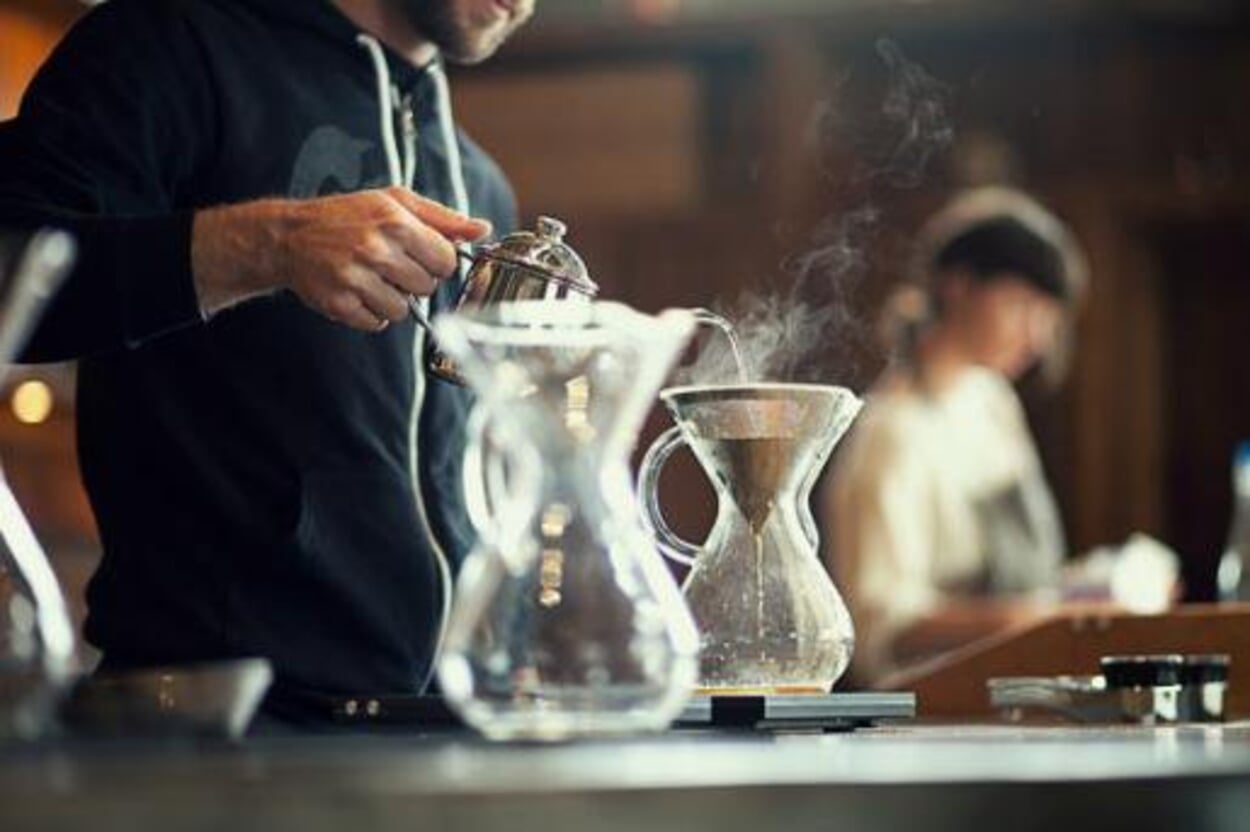
The groundwork is done and nothing stands in the way of making coffee. At least almost. Just as not all coffee beans are the same, not all water is the same. And since about 98% of a prepared coffee consists of the wet element, its quality also plays an important role
- good coffee water should always contain as much oxygen as possible, as this binds flavor notes. For this reason, always use fresh water and do not leave any residues in the tank of coffee and espresso machines
- Salts and minerals contained in water are also important flavor carriers. **Basically, German tap water offers everything that is conducive to good aroma. Only water hardness can negatively influence the aroma: While hard water neutralizes fine fruit acids, the use of too soft water leads to rather acidic coffee. The optimum water hardness is 8 °dH. Use a water filter if the value in your region is higher
- the pH value goes hand in hand with the water hardness. If you make coffee, it should ideally be in the neutral range between pH 6.5 and 7.5.
Preparation methods. Making coffee with pleasure

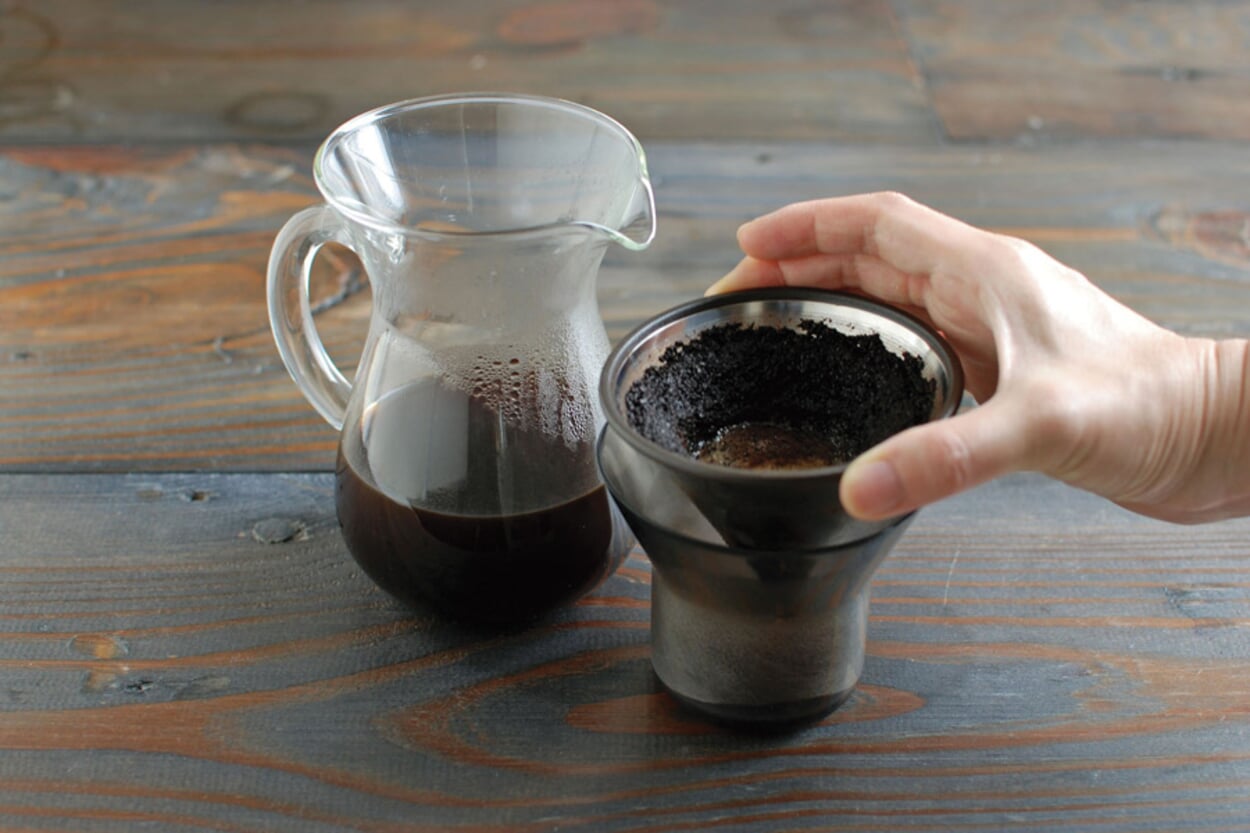
Once the coffee beans have been selected, ground to the right grind for the machine, and the water meets the aroma requirements, you're ready to go. Those who consume coffee for pleasure have numerous options for making their coffee without having to use a machine. Without any pressure at all, and in the truest sense of the word. Because whether it's a hand filter, a rod filter pot or the Karlsbad coffee maker - all of them (besides you) at most let gravity do the work for them.
Unlike a machine that automatically brings the coffee water to the required temperature, manual methods leave you in charge. For most brewing methods, it should ideally be between 92 and 96 °C.
- If the water temperature is too low, the coffee tends to become sour and thin.
- If it is too high, on the other hand, it can taste bitter and burnt.
- After boiling, let the water stand for 30-60 seconds before pouring on the coffee to achieve the right temperature. For methods that work with a filter, you should first rinse or soak it once with hot water to prevent the paper taste that is otherwise noticeable in the coffee. Then pour away the excess water, filling it with the desired amount of coffee powder and ensuring a flat surface
- In the first step, pour on enough water (preferably in circular motions starting from the inside and working your way to the edge) so that all the coffee powder is covered with water. The coffee powder should be completely soaked and the water should be about one centimeter above the powder. Then pour the remaining water continuously and according to the same principle.
For the ratio of coffee powder to water, there are only rules of thumb: 60-65 g per liter of water or 12 g for a cup of 200 ml capacity. In the end, however, your personal taste is decisive here as well. Because even if there are many things to consider: Making coffee is not a science. It should be a pleasure. And above all, it should taste good. And it should taste good to you.

